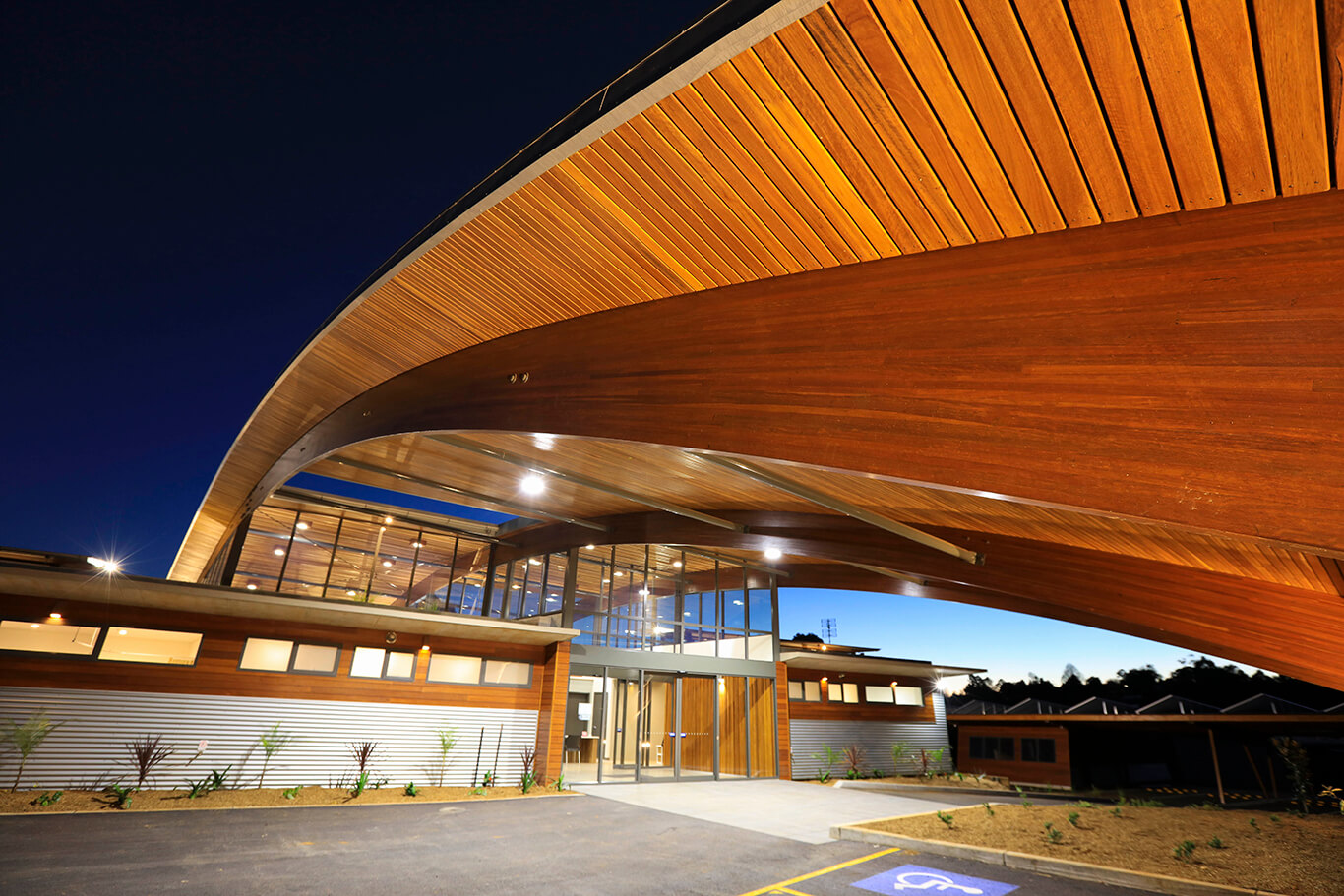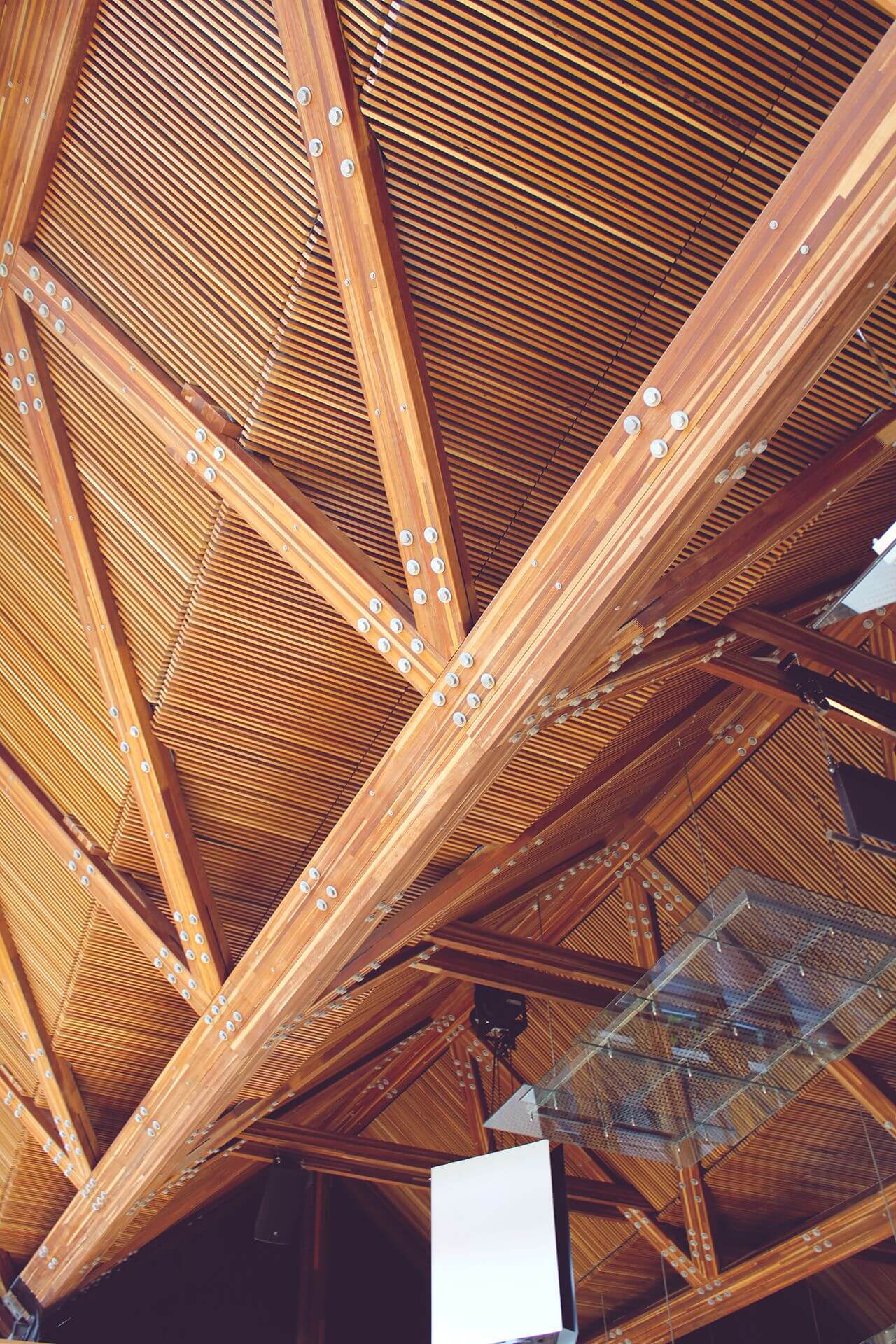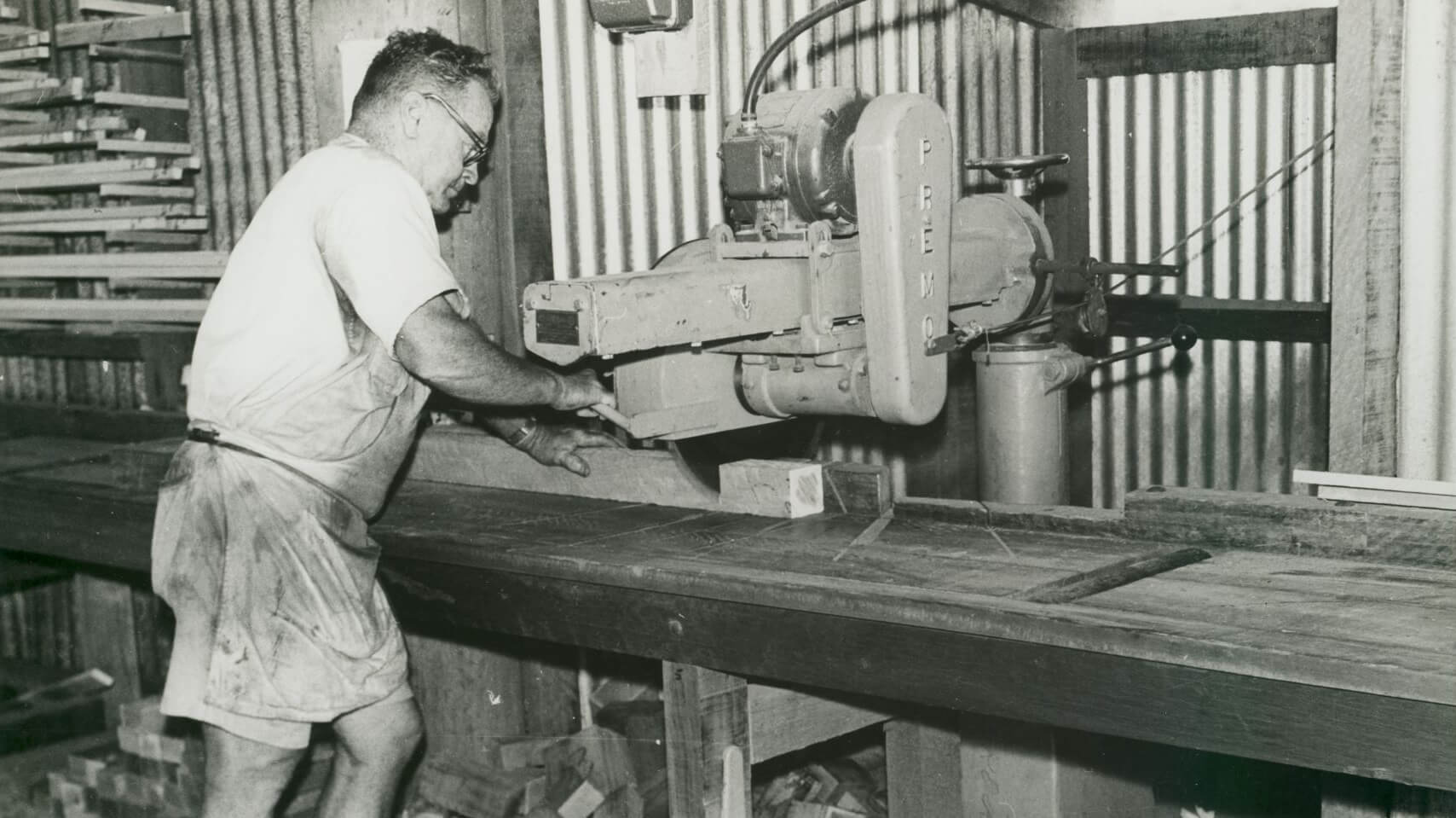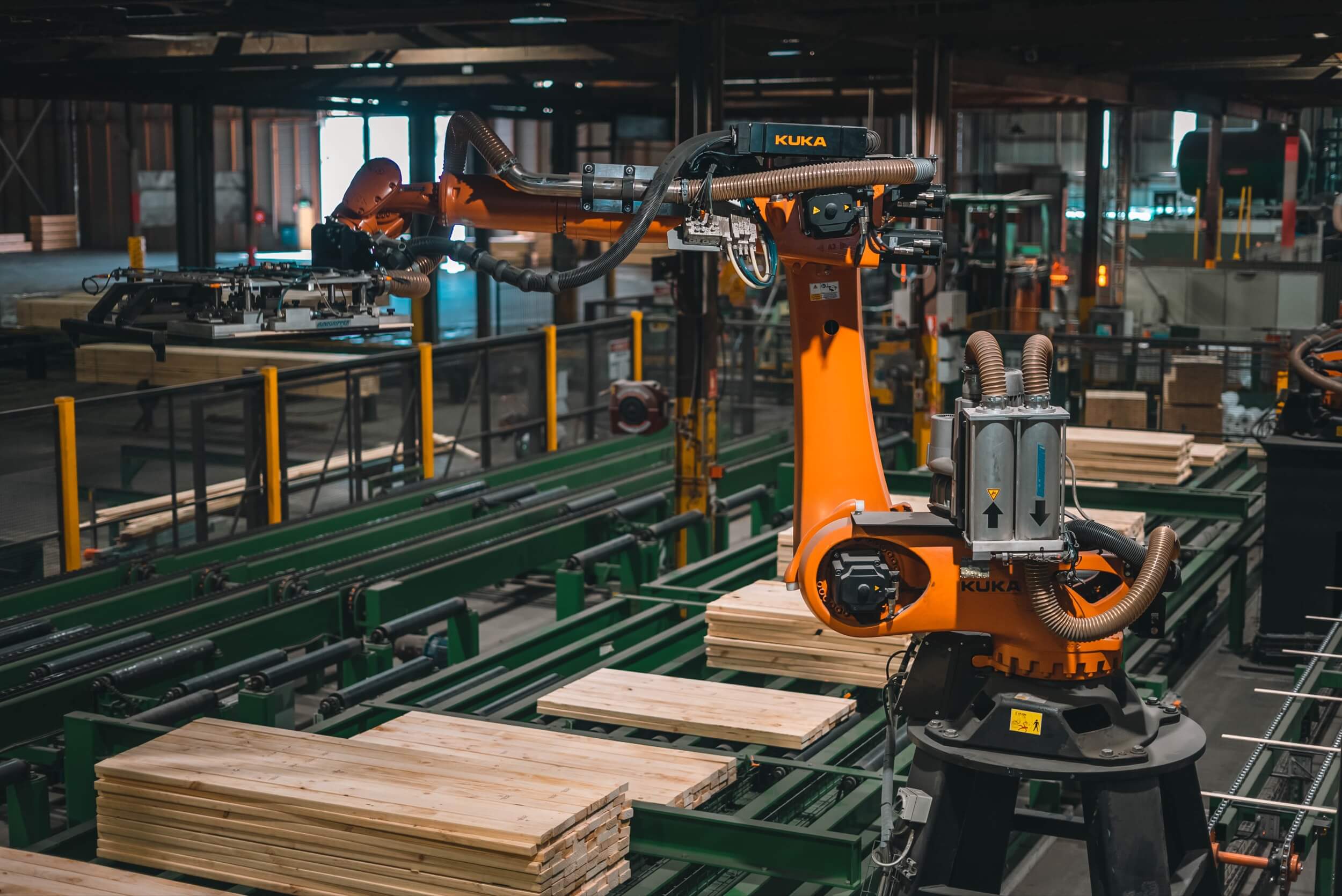While it’s indisputable that timber can contribute to a more comfortable and pleasant indoor environment, research has shown considerable physiological and psychological benefits of incorporating timber in a space3.
These include:
- Reduced stress / calming
- Lowered blood pressure and heart rate
- Perception of warmth
- Improved air quality and respiratory health
- Increased concentration and improved productivity
- Expressed visual preference for the space
- Perceived connection to living things.
As it happens, a study conducted by the University of British Columbia shows that the visual presence of timber can actually lower stress more effectively than plants, while rooms with roughly 45 per cent of timber surfaces boost perceptions of comfort and lower blood pressure4.
Our affinity for timber and the innate instinct people have to seek connections with nature and other living systems is a phenomenon known as biophilia.
The term "biophilia" literally means "love of living things". But unfortunately, our modern habitat, a built environment, has for the most part separated us from the natural world. In fact, most Australians spend over 90 per cent of their lives indoors, which regrettably corresponds with reports of increasing levels of obesity and mental health issues in society1.
Biophilic design is a concept used within the building industry to increase human connectivity to nature through incorporating design elements such as light, airflow, plants, water features and organic materials. This design practice not only aims to make a space more appealing, but studies have found that biophilic design also supports cognitive function, physical health, and psychological wellbeing2. These are referred to as ‘biophilic responses’.
Besides from timber’s countless health benefits and timeless aesthetic, it also offers various other practical advantages. Along with providing versatility and endless design possibilities, sustainably sourced timber is also critical for carbon capture and storage, environmental management and conservation, as well as local employment and economic resilience. Ultimately, our innate preference for timber essentially stems from its ability to create healthier, happier and greener spaces.







%20copy_Optimised.jpg)
%20copy_Optimised.jpg)



%20copy_Optimised.jpg)























